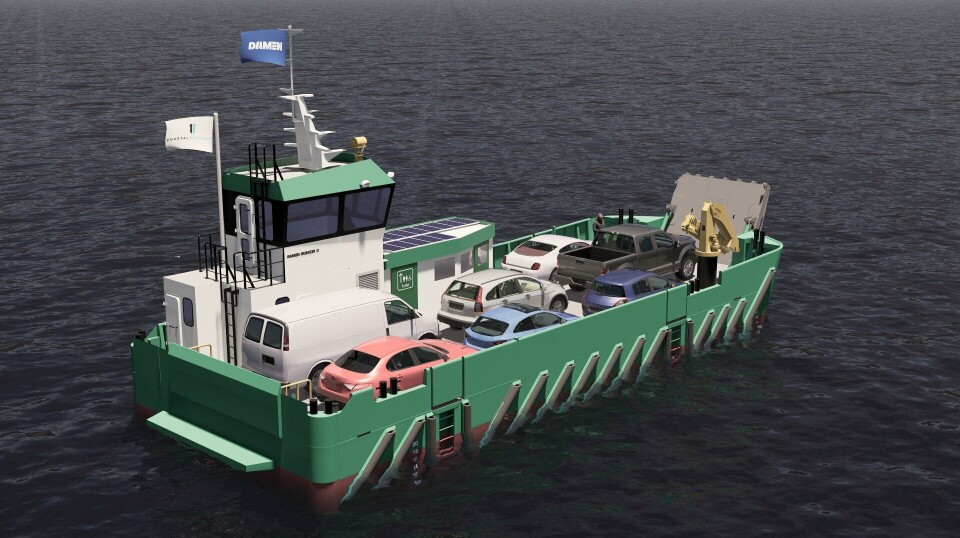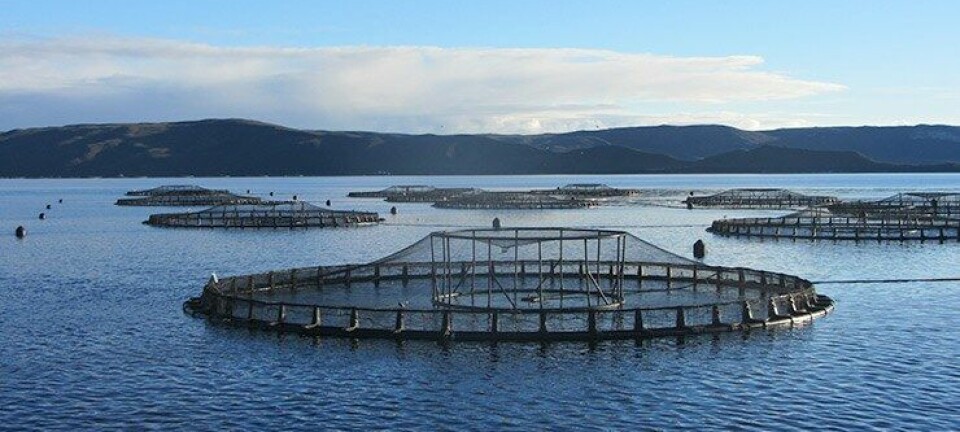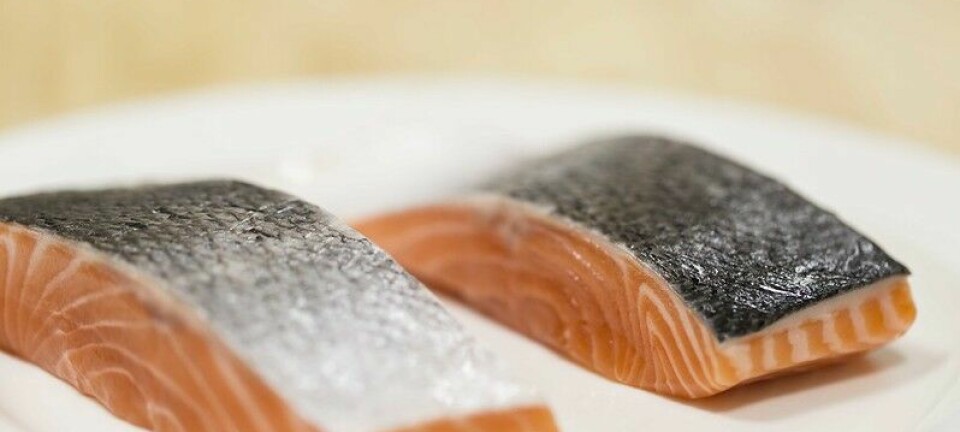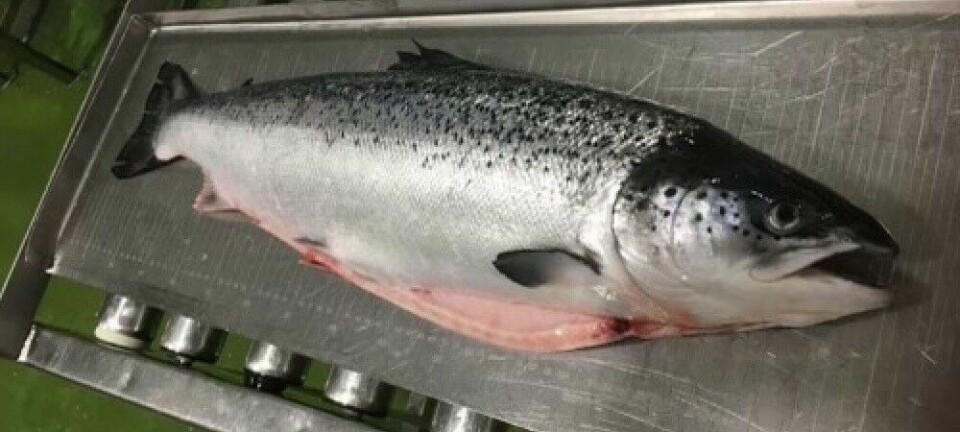
Fish farming workboats builder wins funding for robot welders
Equipment will improve efficiency and ensure high quality at Stornoway workshop says director
A boat building business constructing the UK's first
all-electric commercial workboat of its class has secured £166,547 from
Highlands and Islands Enterprise (HIE) to purchase innovative equipment to help
the business grow.
The funding has enabled Coastal Workboats Scotland Ltd (CWSL) to buy robotic welding equipment that will be used to build the Electric-Landing Utility Vessel (E-LUV) and other commercial workboats at its new premises in Stornoway, Lewis, reports HIE.
CWSL signed a 10-year lease agreement with Stornoway Port Authority for their marine engineering workshop at the beginning of the year and has been actively recruiting to expand its local team, with 11 now employed. The company expects to create around 25 jobs in total within the local marine manufacturing sector.
Work has started to build a range of workboats for customers
including Dutch shipbuilder, Damen, which contracts CWSL to build Damen-designed LUVs that it
sells on to clients including Scottish salmon and trout farmers. Fish farmers Loch
Duart, Organic Sea Harvest, and Kames own vessels built by CWSL.
Demonstrating potential
CWSL will be constructing an electric workboat funded by £6.2 million from the UK Government’s Clean Maritime Demonstration Competition fund, designed to help maritime industries eliminate carbon emissions and increase efficiency. Electric boats already exist, but so far have only been used for leisure. CWSL’s project will be the first to demonstrate commercial potential.
Family-owned CWSL has moved its workboat manufacturing base from Devon to a workshop on Goat Island, Stornoway. The workshop was constructed in 2021 on land reclaimed from the sea as part of the Newton Marina development led by the Stornoway Port Authority.
High quality levels
CWSL’s new robotic welding equipment will increase the efficiency of welding operations and staff will be trained by the manufacturer.
Coastal Workboats director Brian Pogson said: “Coastal Workboats has always had a focus on quality, innovation and community. The introduction of ‘cobots’ to our workflow offers a unique opportunity to progress all three of these areas.
“As the name suggests, cobots introduce an incredible support role to the team - easing strain, increasing efficiency and safeguarding the workforce. In turn, the capability and capacity of our cobots allows our team to ensure our high levels of quality are maintained. HIE’s support has allowed us to push the boundaries of what the next chapter of UK shipbuilding looks like, from right here in Stornoway.”























































